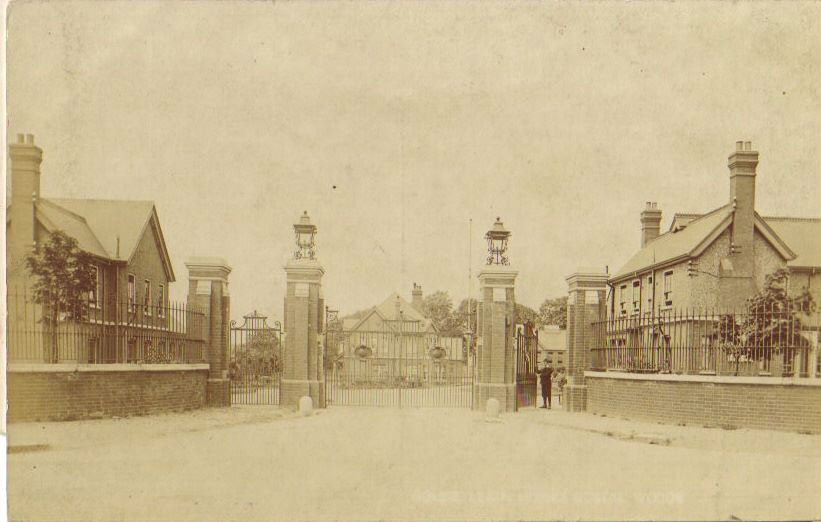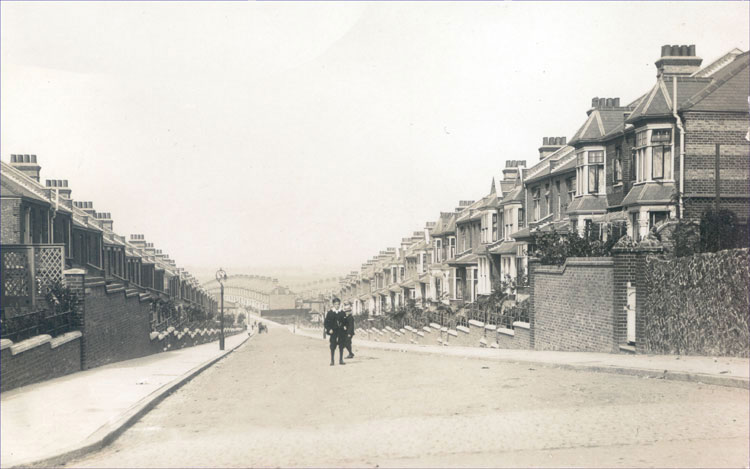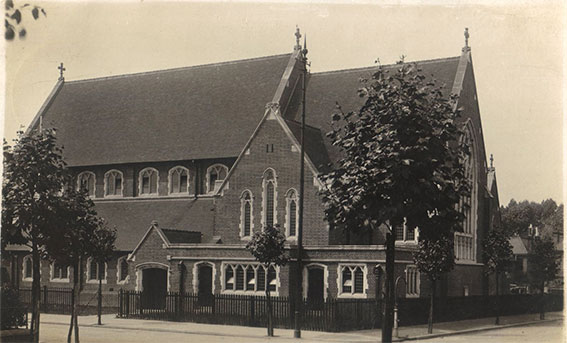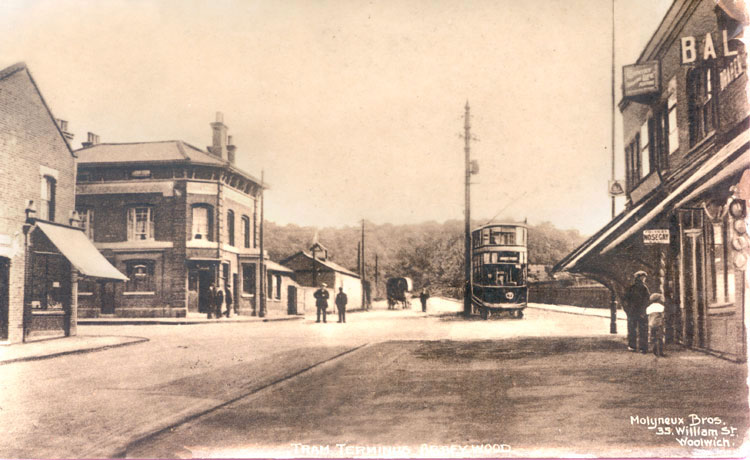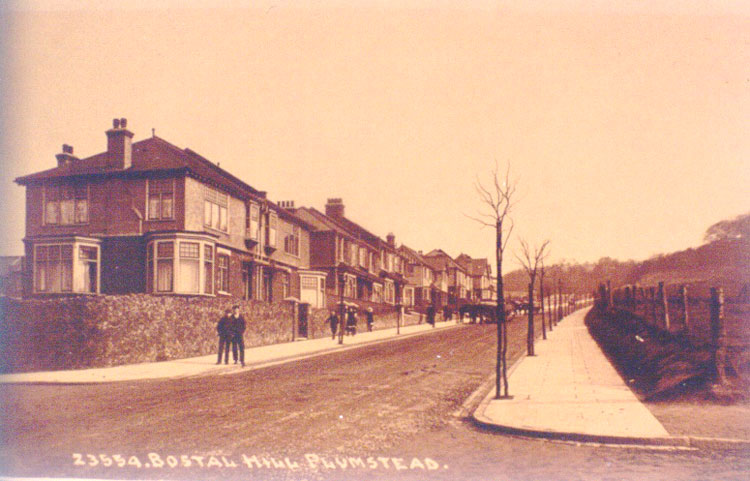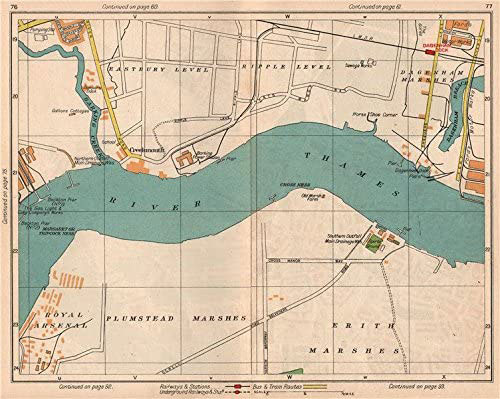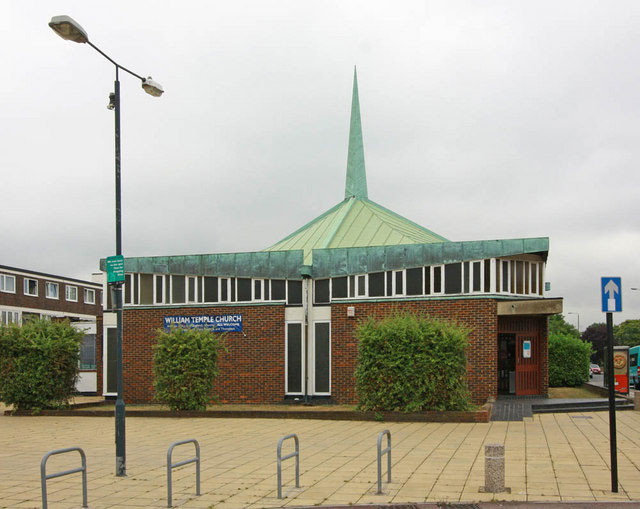
![]()
| A timeline history of Abbey Wood with prints, photographs and maps. Click on images to enlarge. |
|---|
Saxon Abbey Wood
The original settlement was around Abbey Road in the county of Kent.
Norman & Medieval Abbey Wood
1178 Lesnes Abbey founded by Richard de Lucy (1089-1179) for the Augustine order.
1179 Richard de Lucy retired to Lesnes Abbey, where he died that year and was buried.
C13 Lesnes & Plumstead marsh enclosed by monks
1450 Many inhabitants joined Jack Cade’s Rebellion. Cade, an ex-soldier, led an uprising of Kent & Sussex Men against the corruption of Henry V1’s court .
Tudor Abbey Wood
1524 Lesnes Abbey suppressed by Cardinal Wolsey ( c. 1473-1530), Henry VIII's chief minister. Wolsey obtained permission from the Pope to close all monasteries in England and Wales with less than eight inmates. Lesnes with only an abbot and five canons, became one of the first monasteries to be closed. The revenue raised was meant to finance Cardinal Wolsey's College at Oxford.
c. 1535 Martin Bowers (c. 1497-1566). granted Suffolk Place Farm at Bostall from Henry VIII.
Georgian Abbey Wood
1750 Lesnes Abbey ruins drawn by William Stukeley (1687-1765).
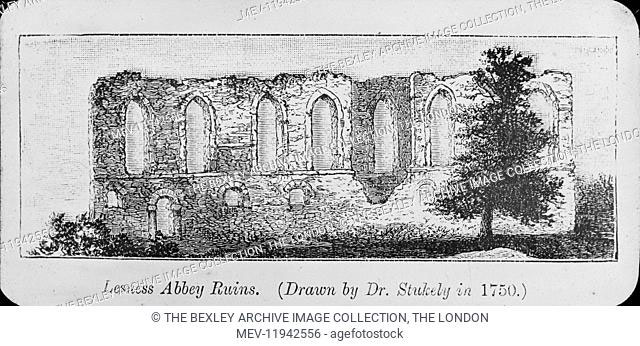
1801 Old farmhouse on the site of the medieval Abbot’s Lodging at Lesnes Abbey.
Local marshes used by Woolwich Arsenal.
Victorian Abbey Wood
1849 Abbey Wood railway station opened by South Eastern Company.
1862 15 mile Southern Outfall Sewer completed (today the Ridgeway path follows part of it).
1865 Crossness Pumping Station by Joseph William Bazalgette (1819-1891). Commissioned by the Metropolitan Board of Works, Bazalgette’s plan was to take the sewage as far as possible from the city, with the rural Erith marshes chosen for their remote location. From here, the waste pumped into the river after high tide and carried out to sea.
1886 Royal Arsenal Co-operative Society (RACS) bought Bostall Farm to produce vegetables for their shops.
1890s Bostall Heath and Woods acquired for public use.
1899 Royal Arsenal Co-operative Society (RACS) bought Suffolk (Place) Farm for property development.
Edwardian Abbey Wood
1900 Suffolk Farm demolished.
1902 Goldie Leigh Children's Cottage Homes for local orphans were opened by the Woolwich Union
1906 New Pumping House opened at Belvedere Road.
c1906 Photo of Howarth Road
1908 St Michael's Church built.
1908 St. Michael and All Angels Church opened on Abbey Wood Road. Architect: Sir Arthur William Blomfield (1829-1899)
Electric tram service extended to Abbey Wood
1909 1500 houses completed on Bostall Estate by the Royal Co-operative Society.
1910 Abbey Wood Tram depot built.
Photo of Bostall Hill.
1912 Royal Co-operative Society plaque on corner of McLeod Road & Bostall Lane commemorates opening of the Abbey Road Co-op.
1913 Plumstead garage built by London General on Wickham Lane.
Interwar Abbey Wood
1930 Lesnes Abbey acquired by London County Council & opened to the public.
1938 Map of Plumstead & Erith marshes.
Photograph of Tram at Harrow Inn
Postwar Abbey Wood
1952 Abbey Wood Tram depot converted to a bus garage.
Bostall Gardens built over the site of Bostall Farm.
1958 Crossness Pumping Station’s chimney demolished.
1959 London County Council built Abbey Wood Estate (3,000 dwellings).
1964 New drainage works opened at Belvedere Road.
1966 William Temple Church opened at 180 Eynsham Drive, on the Abbey Wood Estate. Designed by Ralph Covell (1911–1988)
1967 Thamesmead developed north of Abbey Wood.
Thistlebrook Travellers Site (later permanent) opened off Harrow Manorway. Travellers historically visited Plumstead and Erith marshes where they grazed their horses (many can still be seen today near Thamesmead).
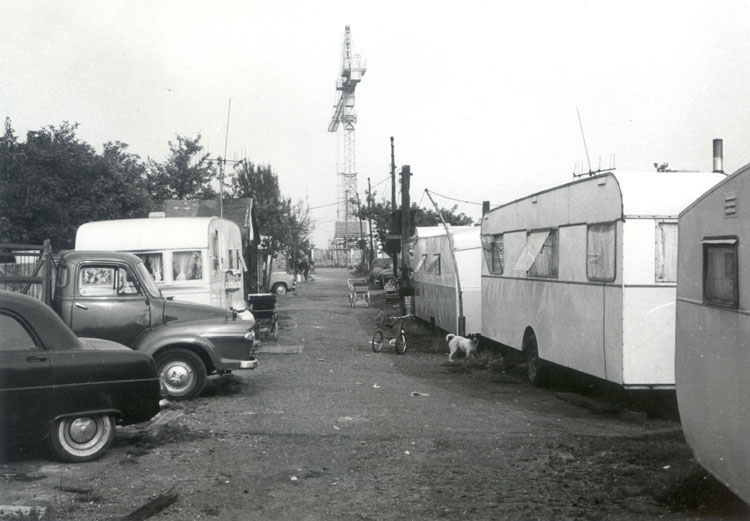
1970 Photo of old Abbey Wood Station.
1977 Green Chain Walk devised to run from Lesnes Abbey to Crystal Palace Park,
1987 Abbey Wood station demolished & new station added.
2007 Victorian pub The Harrow Inn, 500 Abbey Road, closed down (demolished in 2009).
2009 Work on Crossrail (Elizabeth Line) began.
2017 New Abbey Wood Station opened. Linked to the Elizabeth Line (Crossrail).
2022 Elizabeth Line (Crossrail) opened to Abbey Wood.
Film about new station (6:54)




